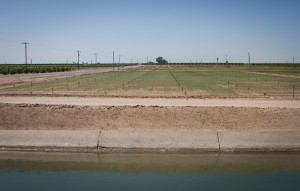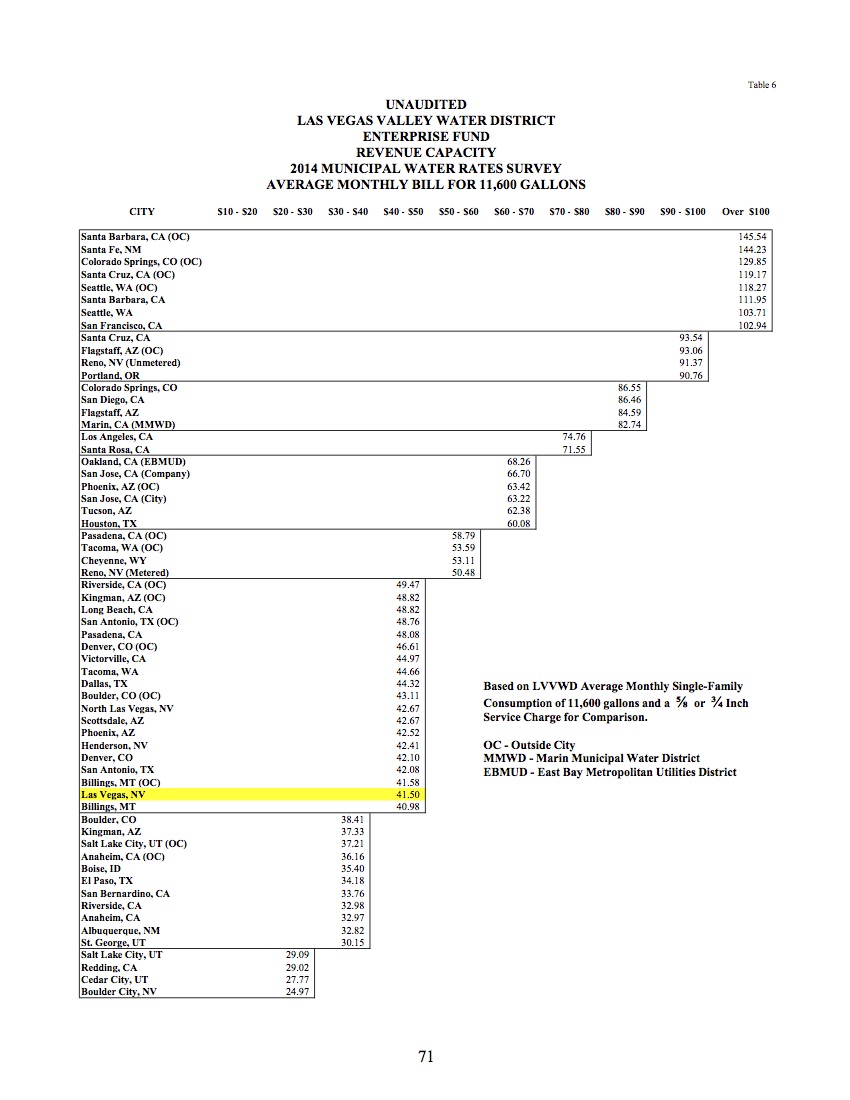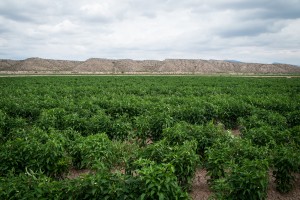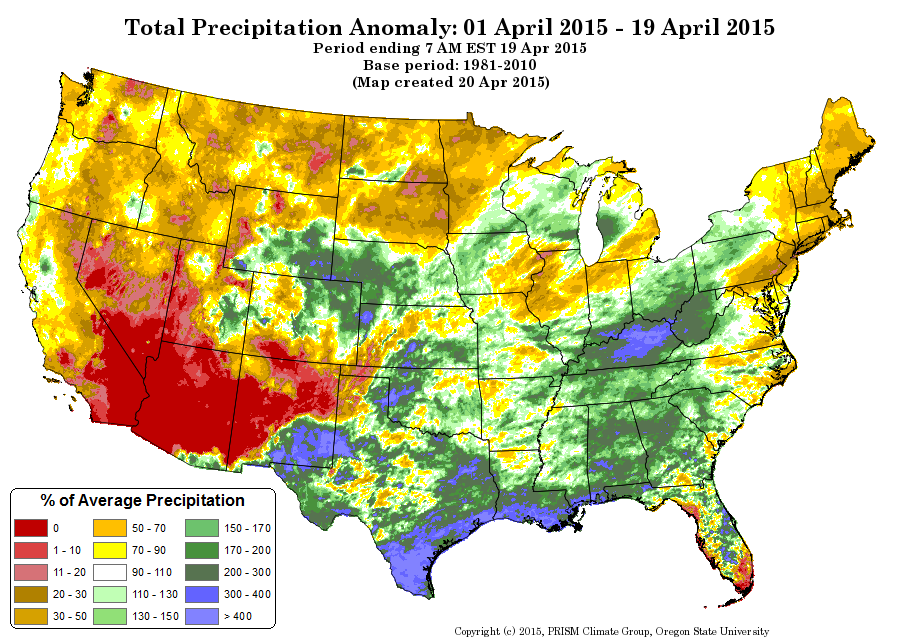UCLA’s Jon Christensen* has written a lovely, loving essay remembering the late water historian Norris Hundley, who wrote so well about western water, and (Jon argues) is important now, in California’s time of need:
It’s not for nothing that we often talk of western water wars. What Norris showed is that at times this looked not so much like the imperial, all-knowing conquest of a hydraulic society in the American West, but instead like a chaotic war of all against all, in which, as he wrote, “no bullets were fired,” “yet the life and death of cities and states in an enormous area were at stake.” Or, what we might just call democracy, messy democracy, a theme to which Norris would return, again and again.
I’ve been thinking a lot about this because one of the central arguments in my work right now is that water is not for fighting over, but I think there is room for a meeting between my own work and the argument that both Christensen and Hundley are making and it lies in part in this central point.

One farm at a time…. A citrus orchard going in, Yuma Mesa Irrigation and Drainage District, Arizona
I, too, have been rereading Hundley. His three great books, Dividing The Waters , Water and the West
, Water and the West , and The Great Thirst
, and The Great Thirst are within arms reach of my computer as I type this (four, in fact, I have both versions of The Great Thirst). In the prologue to The Great Thirst, Hundley argues against the “grand conspiracy” wing of western water history that argues that the characteristics of large scale irrigation inevitably lead to dominance by large, centralized institutions, and that our problems largely flow from that:
are within arms reach of my computer as I type this (four, in fact, I have both versions of The Great Thirst). In the prologue to The Great Thirst, Hundley argues against the “grand conspiracy” wing of western water history that argues that the characteristics of large scale irrigation inevitably lead to dominance by large, centralized institutions, and that our problems largely flow from that:
More compelling explanations are found in a compound of interest-group pressures, local and regional considerations, political trade-offs, and the larger context of American political culture in which the national culture and its reverberations within California help explain actions that may others be incorrectly attributed to a conspiratorial power elite.
Hundley doesn’t say it, but I read this as an “anti-Cadillac Desert” argument, an argument against Marc Reisner’s grand federalist conspiracy, the great centralized something-ocracy that Donald Worster so elegantly offered up in Rivers of Empire . I spent a lot of time in the blind alley those two books sent me down, but the Reisner/Worster narrative kept clashing with the messy reality my journalism encountered daily. Donald Pisani, another of the western water historians, makes a similar critique, explicitly, of Reisner and Worster in “The Irrigation District and the Federal Relationship”, an essay published in the 1989 book The Twentieth century West: Historical interpretations
. I spent a lot of time in the blind alley those two books sent me down, but the Reisner/Worster narrative kept clashing with the messy reality my journalism encountered daily. Donald Pisani, another of the western water historians, makes a similar critique, explicitly, of Reisner and Worster in “The Irrigation District and the Federal Relationship”, an essay published in the 1989 book The Twentieth century West: Historical interpretations .
.
I wish I’d read Hundley more carefully, and sooner. If Hundley is right – and I think he is – it has important implications for what we do with water policy today.
I agree here with Christensen that it’s really just “democracy, messy democracy” – well-intentioned people with imperfect information trying to make their best of the situation by muddling along. That suggests that big solutions are not likely to bear fruit – that what we’re doing to end up with is a lot of small solutions, solving problems one municipality and irrigation district at a time. Hundley calls it “an excess of Madisonian democracy with its focus on localism.” This is the best explanation I know for why the kind of strong federal intervention you saw in Australia’s Murray-Darling Basin won’t happen here. It runs against our basic nature.
In my Colorado River work, I frequently talk to people looking for grand solutions – basinwide planning that somehow bakes in population or acreage limitations required to make the water math balance. My response is what I describe as “no-one’s-in-chargeness”. These decisions are made one suburban municipal government or irrigation district at a time. That’s our Madisonian democracy.
My disagreement with the “fighting” meme is that, mostly, irrigation districts and municipalities haven’t been fighting. Much of the history of water in the West is a history of banal building of cities and farms that mostly had enough water and mostly got along with their neighbors. But I’m nervous about this assertion, always nervous that I might be wrong.
The key here is that the fighting or the “not fighting” has to happen at this “messy democracy” level. We’ve no alternative.
* Disclosure: When Jon was at Stanford, he provide through the Lane Center some funding and support for early work that is slowly but surely turning into my book. More importantly he encouraged me, in a memorable conversation in his Stanford office, to overcome my fear that I might be wrong about this “not fighting” stuff and stick my neck out. It’s now out.





